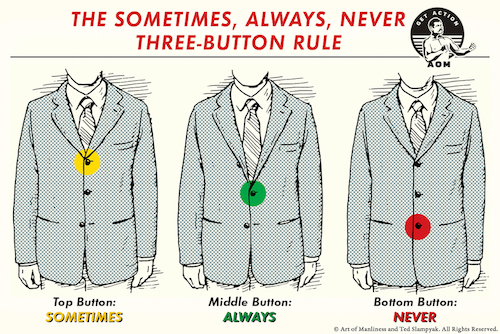
Whether you’re moving across town or across the country, there are a lot of factors to consider in deciding where to live.
To figure out which factors to prioritize, it can be helpful to use what we call the “90/10 Rule.”
Under the 90/10 Rule, you base where you should live on the factors that will affect 90% of your life.
(The “90” and “10” numbers are not to be taken literally here; instead, they stand in for “the majority of your life” and “the minority of your life,” respectively).
This may seem like an obvious rubric for making a where-to-live decision, but in practice, people very often make their moving choices based on things that seem salient in their minds, but will, in fact, have a minimal impact on their overall satisfaction. In so doing, and ignoring the factors that will have the lion’s share of influence on their lives, they end up less happy with their decision.
Let’s look at some examples of how this can play out.
- Example #1: A family wants to move to the suburbs to get a bigger house with a guest room. In making this move, the father will double the length of his commute. While the guest room will only be used a handful of times each year, the long commute will impact him twice a day, every workday. The benefit of the guest room isn’t likely to increase his and his family’s happiness, but the stress and time-suck of the commute may diminish it.
- Example #2: A man takes a high-pressure job he doesn’t enjoy to live close to his extended family. While he sees his family a couple of times a month, the stress of his job beats him down every day.
- Example #3: A couple wants to move from a city in the Midwest to a city in the Mountain West in order to live near the Rockies. Once they do, and the mountains are just a 30-minute drive away, they find they actually don’t make it out to them many more times than they did when they lived eight hours away. In the meantime, the fact that their cost of living has dramatically increased affects nearly every aspect of their lives, diminishing the size of their house, their savings account, and their vacation budget, while increasing their overall financial stress.
When thinking about a move, the “sexiness” of certain factors — a hip downtown, access to the beach, a big yard — loom large in your mind as you imagine how these elements will change your life.
But in reality, at least if you have a young family, 90% of your life, regardless of where you live, will consist of your commute to work, work, and your commute home from work; kids’ school stuff; and errands/chores. The quality and pay of your job, the quality of your kids’ schools, and the cheapness and ease of taking care of life’s endless to-dos will have the biggest impact on your life satisfaction. Prioritizing those factors is not only likely to increase your day-to-day happiness, but also gives you the time, mental bandwidth, and financial resources to make the remaining 10% of life — the dinners you eat out, the parties you throw, the trips you take — extra special.
Of course, there’s a great deal of subjectivity in all this. Maybe you like long commutes. Maybe you get so many visitors that the guest room will get a ton of use. Maybe regularly seeing your family compensates for a lack of fulfillment at work. Maybe in being closer to the mountains you will in fact visit them far more often.
The factors that make up the 90% in the 90/10 Rule are typically correlated with the number of hours and domains they affect. But a factor can look small if quantified that way and yet have an outsized impact on your happiness. For example, even if in moving closer to the mountains, you only visit them a few more times than you used to, perhaps you simply love the mountains so much that those few additional visits have a disproportionate effect on your happiness.
In choosing where to live, the key is to figure out what factors will most impact your satisfaction, and to recognize that they may not be the factors that first come to mind.







